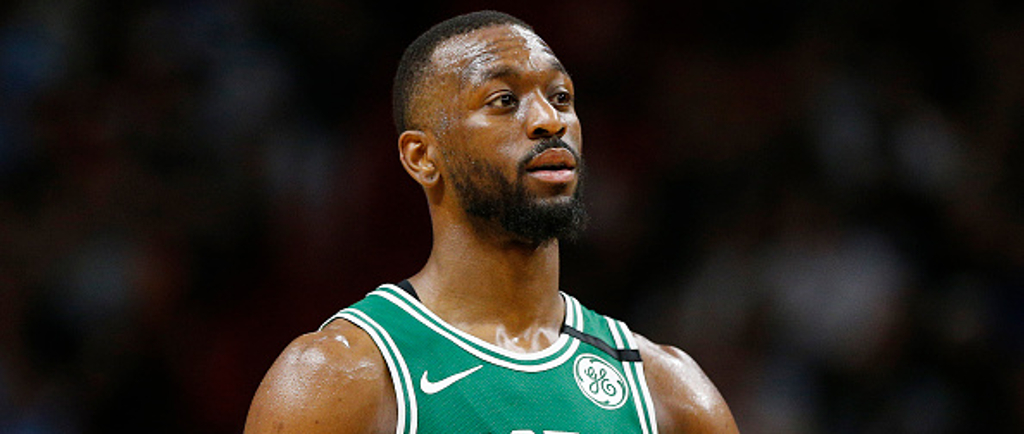
The Boston Celtics, with Brad Stevens running the front office, have made a significant move in an effort to refresh the team this summer.
Per ESPN’s Adrian Wojnarowski, the Celtics are trading Kemba Walker, the No. 16 overall pick and a 2025 second round pick to the Oklahoma City Thunder for Al Horford, Moses Brown and a 2023 second round pick.
The Celtics are trading Kemba Walker, the No. 16 overall pick in the 2021 draft and a 2025 second-round draft pick to Oklahoma City for Al Horford, Moses Brown and a 2023 second-round pick, sources tell ESPN.
— Adrian Wojnarowski (@wojespn) June 18, 2021
There’s a lot to unpack here. On the edge of the deal, Stevens dealing a first round pick in his first move in general manager feels telling. It also seems very possible now that Marcus Smart, heading into the last year of his deal and an assumed trade chip this summer, is more likely to stay now with the next Celtics coach perhaps turning more of the offense over to Jayson Tatum.
The main part of this deal, though, is the Walker-Horford swap. This is the Celtics’ last two big free agent signings being traded for each other. It feels clear that Stevens a) doesn’t think Walker is what the team needs after two years in Boston and b) the team has missed Horford as a frontcourt presence and a leader since he left for the 76ers two summers ago. To an extent, it feels like Stevens is trying to put a genie back in the bottle here.
Will this work for Boston? It’s really hard to know. Both players have two years left on their current contracts, although Walker makes about $10 million more per year than Horford. That, in theory, allows Boston to spend a little bit more to reinforce the edges of its roster this summer or perhaps even extend Smart.
Horford barely played last year after ending up with the Thunder after his time with the 76ers simply didn’t work out. He also just turned 35, so he’s certainty later in his career than he was at his apex. They’ll need to replace Walker’s ball handling and playmaking in some way, even if he wasn’t as good as the team hoped when they signed him. All that’s clear is that Stevens, in moving from head coach to the front office, identified losing Horford as a problem and made his first move to fix just that.
